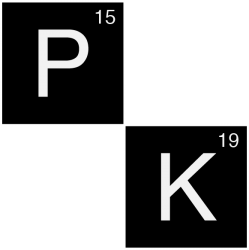“Irreversible transfer of drug or drug metabolites from the plasma to the bile through the hepatocytes (biliary excretion). This can be followed by intestinal reabsorption of the active drug (enterohepatic cycle)”
Description
Drugs are transferred from the plasma into the bile through the hepatocytes. This transport is due to active secretion of drugs into the bile by means of transport systems: e.g. the organic anion transporting polypeptides (OATPs), the P-glycoprotein transport system and the multidrug resistance-associated proteins (Mrps). The latter are important for the excretion of conjugated metabolites.
Drug in bile enters the gastrointestinal tract after storage in the gallbladder. It may then be excreted from the body by the stools.
Drugs may be excreted into the bile either in a native form or after metabolism into more polar conjugates. The bile is released in the gut lumen, from which the native drug can be reabsorbed. In the small intestine, the enzymes of the intestinal flora may hydrolyze the conjugated metabolites and free the active drug, which may in turn also be reabsorbed. After penetrating the intestinal mucosa, the active drug enters the portal vein, which carries it back to the liver. This cycle is called the enterohepatic cycle and may be repeated several times, significantly prolonging the body exposure to the drug.
Clinical implications
Biliary excretion can be inhibited due to disorders such as hepatic or gallbladder diseases. Transporter-mediated secretion of a drug into the bile may be competitively inhibited by other drugs or endogenous substances. In such conditions, clearance of the drug may be reduced and the dosage regimen must be adapted.
Drugs undergoing enterohepatic cycling have a prolonged half-life and the dosing interval should thus be prolonged accordingly.

